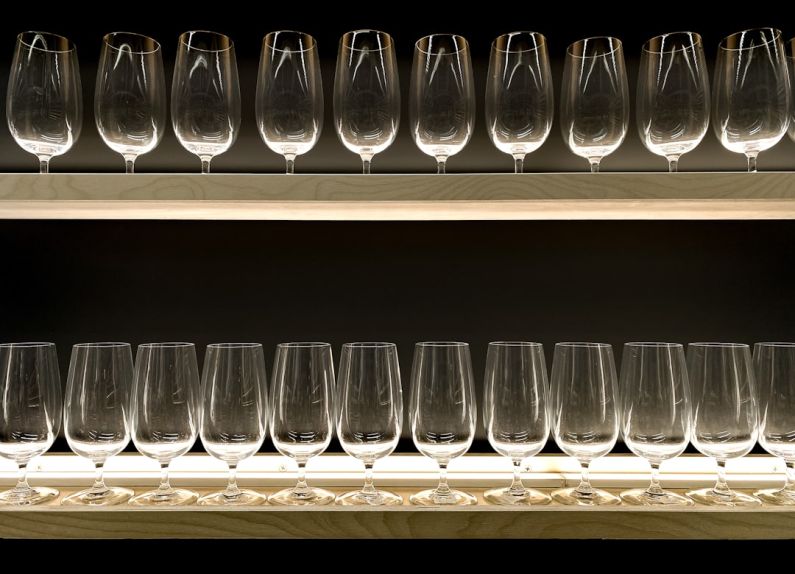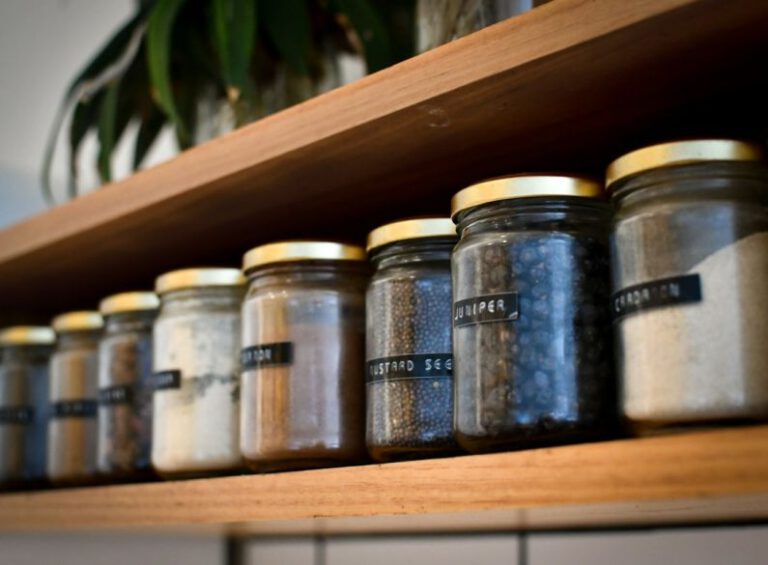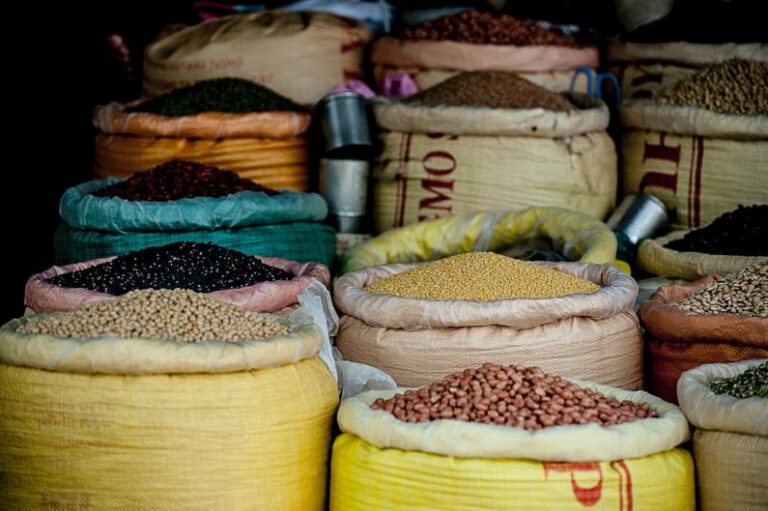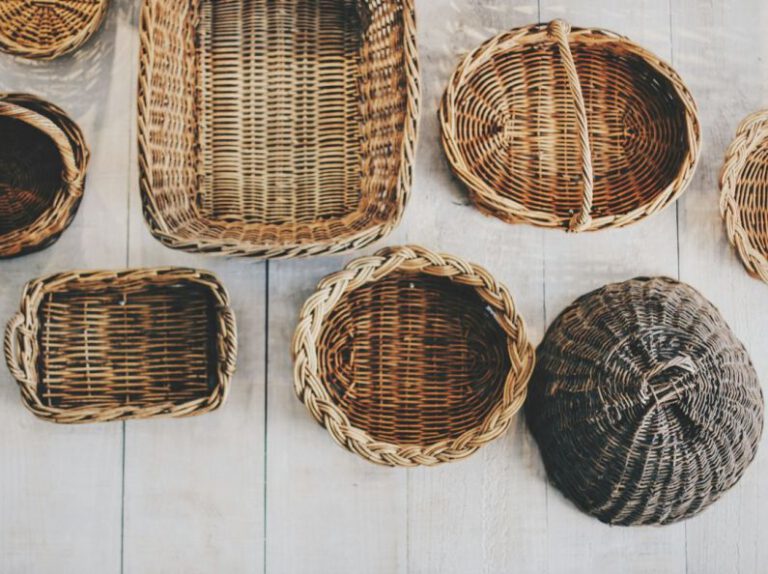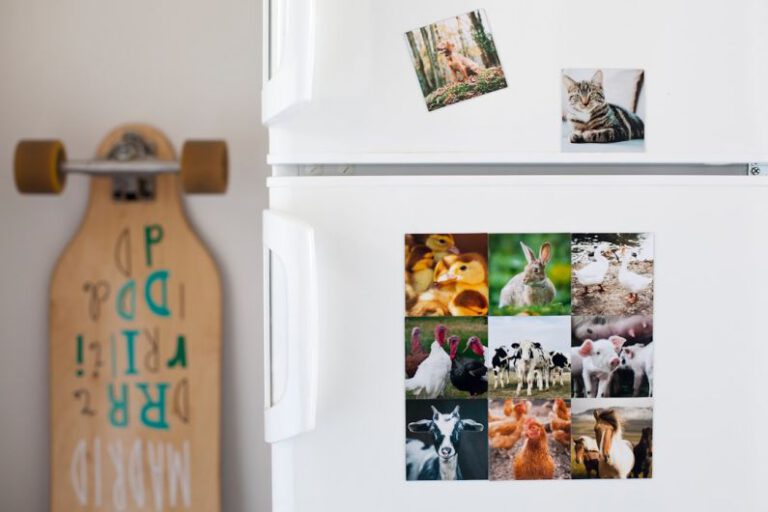Tips for Organizing Your Beverage Collection
Whether you are a wine connoisseur, a coffee enthusiast, or a soda lover, having a well-organized beverage collection can make it easier to find your favorite drinks and create a visually appealing display. From proper storage to creative display ideas, here are some tips to help you organize your beverage collection.
Categorize your beverages
The first step in organizing your beverage collection is to categorize your drinks. Separate them into different categories such as wine, beer, spirits, coffee, tea, and soft drinks. This will make it easier to locate specific drinks when you need them.
Invest in proper storage
Proper storage is crucial to maintaining the quality of your beverages. Invest in storage solutions that are specifically designed for each type of drink. For example, wine should be stored in a wine rack or wine refrigerator to ensure it is kept at the right temperature and humidity. Coffee beans should be stored in airtight containers to preserve their freshness. By using appropriate storage solutions, you can extend the shelf life of your beverages and prevent spoilage.
Arrange your collection by frequency of use
When organizing your beverage collection, consider arranging it based on the frequency of use. Place the drinks that you consume regularly within easy reach, while those that are consumed less frequently can be stored in a less accessible area. This will make it more convenient for you to grab your go-to beverages quickly and efficiently.
Label your bottles
To make your beverage collection even more organized, consider labeling your bottles. Use adhesive labels or a label maker to clearly mark the contents of each bottle. This will save you time and effort when searching for a specific drink, especially if you have a large collection. Additionally, labeling your bottles can add a stylish and sophisticated touch to your beverage display.
Create a display area
If you have a collection of visually appealing bottles, consider creating a display area for them. Install a sturdy shelf or cabinet specifically for showcasing your favorite beverages. Arrange the bottles in an aesthetically pleasing manner, such as by color or size. This can not only serve as a conversation starter but also add a decorative element to your living space.
Utilize vertical space
When organizing your beverage collection, make use of vertical space. Install wall-mounted racks or shelves to maximize storage capacity without taking up valuable floor space. This is particularly useful for storing wine bottles, which can be displayed in an attractive and functional manner. By utilizing vertical space, you can make the most of your available storage area.
Keep track of expiration dates
To ensure that your beverages are always fresh and safe to consume, it is important to keep track of expiration dates. Regularly check the dates on your bottles and cans, and remove any that have passed their expiration date. This will prevent you from accidentally consuming expired beverages and help maintain the quality of your collection.
Rotate your collection
Lastly, don’t forget to rotate your beverage collection. As new drinks are added, move older ones to the front to ensure that they are consumed before their expiration dates. By regularly rotating your collection, you can avoid waste and enjoy your beverages at their best.
In conclusion
Organizing your beverage collection not only makes it easier to find and access your favorite drinks but also adds a touch of elegance to your living space. By categorizing your beverages, investing in proper storage, and utilizing creative display ideas, you can create a well-organized and visually appealing collection. So, take some time to organize your drinks and elevate your beverage experience to a whole new level. Cheers!
